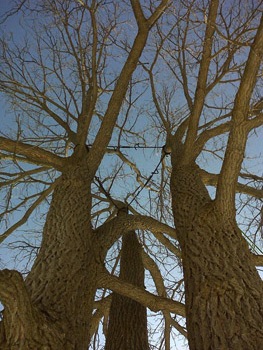Tree Cabling / Tree Bracing

Tree cabling and tree bracing are two techniques used to give supplemental support to trees that have partially failed or show characteristics prone to failure. These tree support techniques, or any for that matter, cannot make a tree 100% safe, but it can mitigate the risks to a customer’s acceptable level.
Tree support systems generally fall into two categories: static and dynamic. Static systems hold trees rigid and restrict movement to lessen failure potential, while dynamic systems allow for tree movement and encourage the tree to compensate naturally for its structural weakness. A subcategory of cables and braces are invasive or non-invasive systems. Simply put, invasive means the system is implanted within the tree’s wood while non-invasive describes securely fastening the system around the trees trunk or branches. These systems may be used independently or in combination depending on the specific needs of the situation.
The cost of tree cabling or bracing depends on many factors and advanced knowledge of a tree’s defense, stress levels, and physics is necessary in order to install these systems properly. All tree support systems must be inspected by a professional after a substantial weather event as well as a bi-annual inspection to ensure the system is functioning properly.

